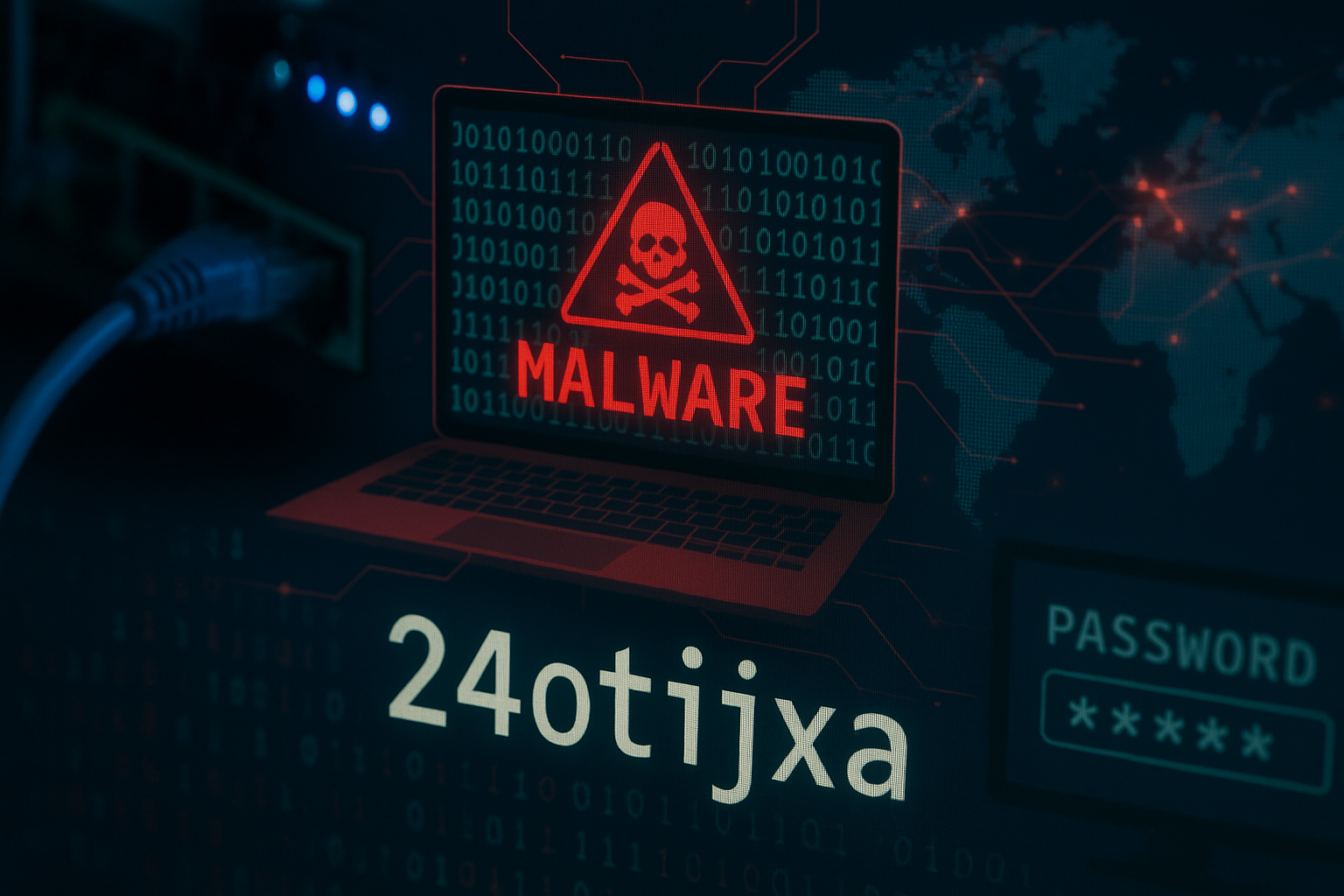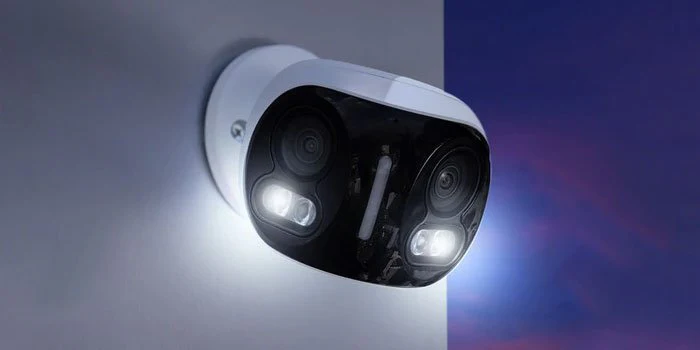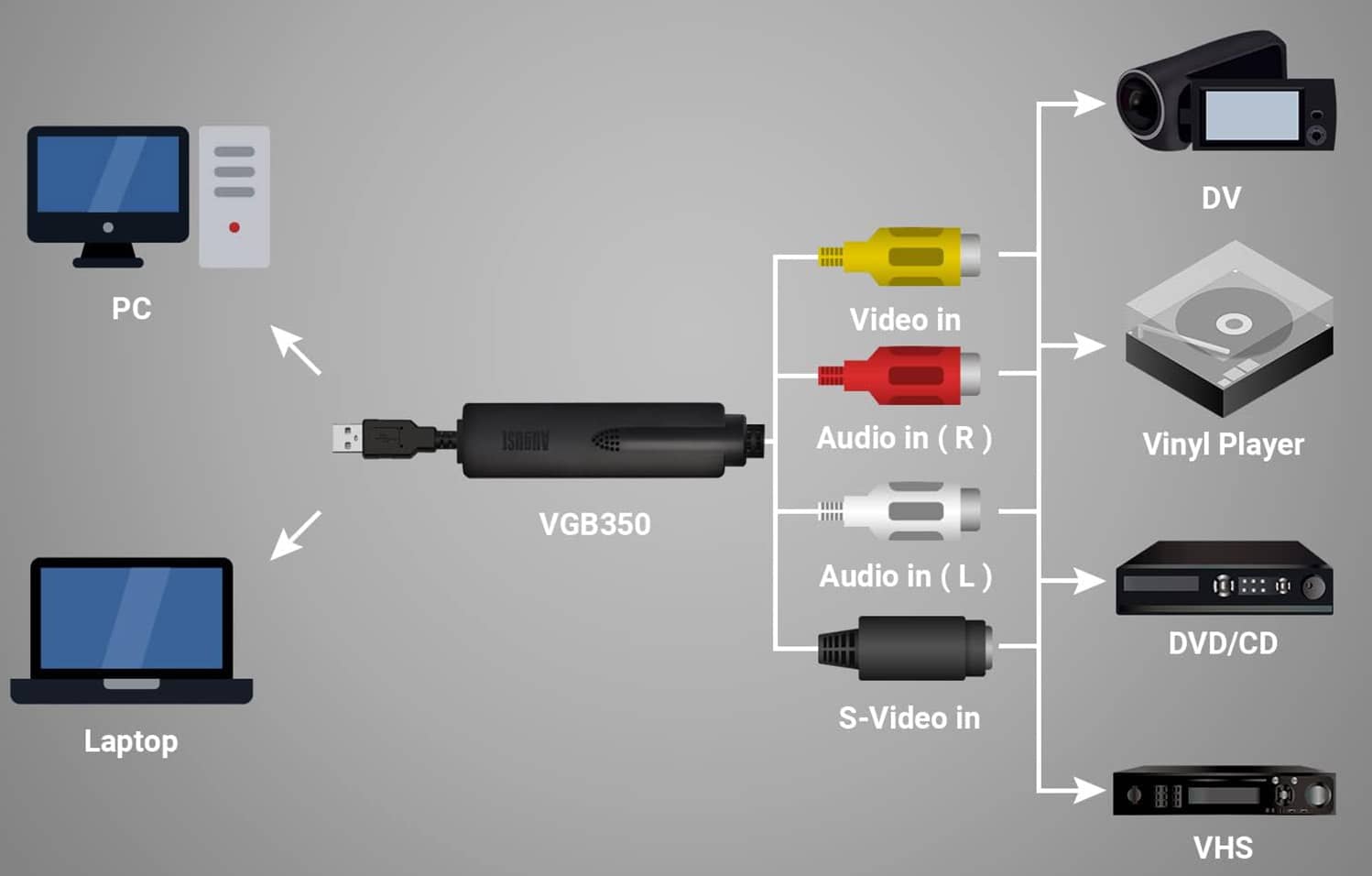Why 24ot1jxa Harmful: Unmasking the Silent Cyber Threat

In the rapidly advancing field of cybersecurity, new threats emerge daily—each more elusive and destructive than the last. One of the most pressing concerns is a sophisticated malware identified by a cryptic name: 24ot1jxa. Though the term may appear meaningless, cybersecurity experts have flagged it as a dangerous and highly evasive digital threat. This article explores why 24ot1jxa harmful malware is a serious concern, detailing how it spreads, its consequences, and what steps individuals and organizations can take to mitigate its risks.
What Is 24ot1jxa?
24ot1jxa refers to a distinct strain of malware that operates silently and stealthily. Its polymorphic nature means it can continuously change its code structure, evading traditional detection mechanisms such as signature-based antivirus programs. Once inside a system, this malware can operate undetected for extended periods, gathering sensitive data and even allowing unauthorized remote access to infected devices.
What makes 24ot1jxa especially threatening is its advanced ability to camouflage itself and exploit multiple vectors for entry. It’s not just a virus—it’s an advanced persistent threat capable of targeting both individuals and entire networks.
Why 24ot1jxa Harmful?
Understanding why 24ot1jxa harmful requires examining the full range of damage it can cause:
1. Data Theft
Once deployed, 24ot1jxa initiates data harvesting operations. It steals confidential information such as banking credentials, login details, identification documents, and sensitive corporate files. The stolen data is typically transmitted to remote servers managed by cybercriminals and used for identity theft, blackmail, or sold on dark web marketplaces.
2. System Slowdown
24ot1jxa drains processing resources, often without the user’s awareness. Over time, affected systems experience decreased performance, unexpected shutdowns, and frequent crashes. These issues are often mistaken for normal hardware degradation, allowing the malware to persist unnoticed.
3. Remote Exploitation
Another reason why 24ot1jxa harmful is its embedded Remote Access Trojan (RAT) capabilities. Hackers can remotely take control of infected systems, monitor keystrokes, activate webcams, copy files, and install additional malicious tools—all without user consent.
4. Network Spread
24ot1jxa can scan for vulnerabilities in connected devices and propagate itself through shared networks. For businesses, this means a single infected machine can lead to a widespread security breach across the entire organizational infrastructure.
5. Evasion Techniques
Due to its polymorphic design, 24ot1jxa continuously changes its structure, making detection via standard antivirus software difficult. It can also disable firewalls, interfere with security logs, and operate without triggering alarms, making it incredibly dangerous.
How Does 24ot1jxa Spread?
The methods used by 24ot1jxa to infiltrate systems are diverse and constantly evolving:
- Phishing Emails: Cybercriminals trick users into clicking malicious links or downloading attachments that install the malware.
- Fake Updates: Imitation software update prompts can install the malware disguised as legitimate applications.
- Drive-by Downloads: Merely visiting a compromised website can trigger an automatic download without user interaction.
- Bundled Software: Free software downloads often include hidden malware when installed without careful inspection.
- Removable Devices: USBs and external hard drives can carry 24ot1jxa, especially in environments with shared device usage.
Who Is Most at Risk?
While why 24ot1jxa harmful applies to everyone, some demographics are more vulnerable:
- Small and Medium Businesses (SMBs): Often lack dedicated cybersecurity teams.
- Remote Workers: Use personal devices that may not be adequately protected.
- Public Figures: Are prime targets for surveillance and blackmail.
- General Users: Increasingly store financial and personal data on connected devices.
How to Detect 24ot1jxa
Given the stealth of 24ot1jxa, early detection is difficult but not impossible. Common warning signs include:
- Decreased system performance and frequent errors
- Unusual pop-ups or new applications appearing
- High network traffic or strange connections
- Disabled antivirus or firewall software
- Unauthorized access or account activity
Detection typically requires advanced tools like Endpoint Detection and Response (EDR), heuristic scanners, or network behavior analysis tools.
How to Remove 24ot1jxa
If you believe your device is compromised, follow these steps:
- Disconnect Internet Access: Isolate the device from the network to prevent further data leaks.
- Enter Safe Mode: Run the device with minimal services to aid removal.
- Use Trusted Malware Removal Tools: Applications like Malwarebytes or Norton Power Eraser can be effective.
- Perform Full System Scans: Ensure complete removal of any hidden malware.
- Reset Credentials: Use a clean device to change all passwords immediately.
- Reinstall OS (if necessary): A fresh start may be required in severe infections.
Preventing 24ot1jxa Infections
Prevention is better than cure when it comes to malware like 24ot1jxa:
- Keep all software, including operating systems and browsers, updated.
- Install strong, real-time antivirus and anti-malware solutions.
- Enable both software and hardware firewalls.
- Use multi-factor authentication on all critical accounts.
- Train employees and users to recognize social engineering attempts.
- Back up data regularly and store it in secure, encrypted environments.
FAQs About Why 24ot1jxa Harmful
Q1: What does 24ot1jxa actually do?
A: It stealthily collects data, slows down system performance, and grants hackers remote control over infected systems.
Q2: Is 24ot1jxa a virus or a trojan?
A: It is categorized as polymorphic malware with Trojan and RAT capabilities.
Q3: Can antivirus software detect 24ot1jxa?
A: Traditional antivirus may fail due to its changing code. Advanced behavior-based tools are more effective.
Q4: What should I do if I suspect infection?
A: Disconnect from the internet, run malware removal tools in safe mode, and consult a cybersecurity expert if necessary.
Q5: Why 24ot1jxa harmful to businesses more than individuals?
A: Its network propagation can affect multiple systems at once, leading to massive data loss or infrastructure compromise.





